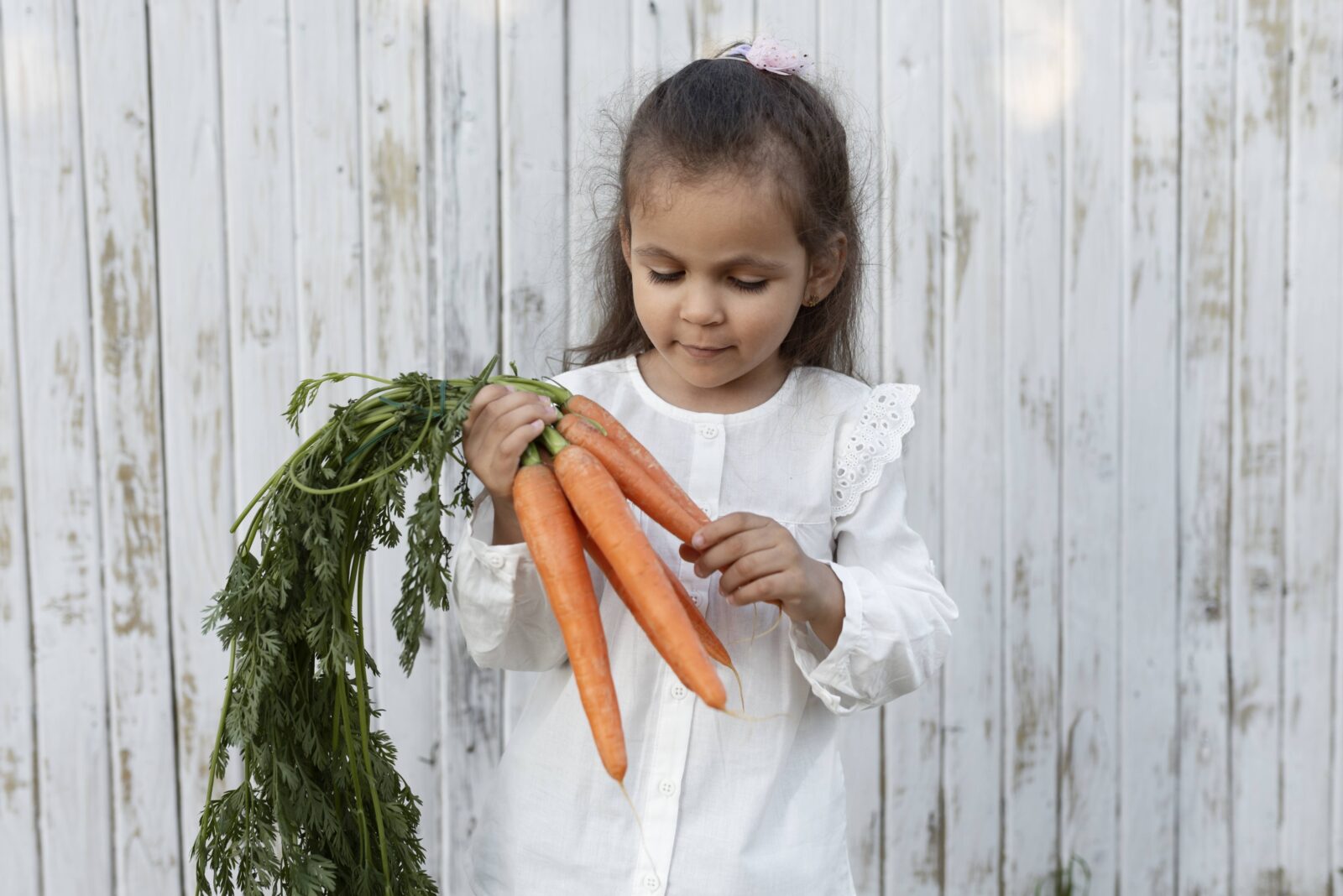I’ll never forget the look on my daughter’s face the first time she pulled a carrot from the soil. It wasn’t the perfect, sterile orange cone from the supermarket. It was crooked, covered in dirt, and to her, it was magic. In that moment, a carrot was no longer just something on her plate; it was a treasure she had unearthed.
That single experience changed something fundamental in our family. My daughter, who had previously pushed vegetables around her plate with the enthusiasm of someone doing homework, suddenly wanted to know the story behind every meal. Where did the tomatoes come from? Who grew them? Could we grow our own?
This is the power of farm experiences. They transform the abstract into the tangible, turning “eating your vegetables” from a parental directive into a personal adventure. And here’s the beautiful truth: you don’t need acres of land or a barn full of animals to give your children this gift. You just need to start where you are.
Why We’ve Lost Touch and Why It Matters
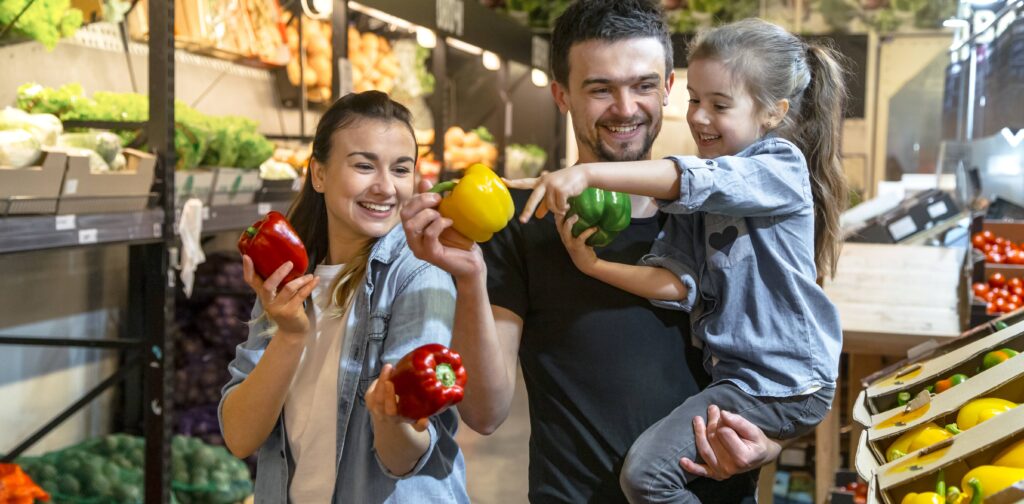
Only a few generations ago, most families had some direct connection to agriculture. Grandparents farmed, neighbors kept chickens, or at the very least, people knew someone who grew their own food. Today, that connection has been severed for many of us. Our tomatoes arrive in plastic clamshells, our milk in gallon jugs, with no dirt, no effort, and no story attached.
This disconnection comes at a cost. Research shows that children who spend time in nature are happier, better at paying attention, and less anxious than those who spend more time indoors. Studies support a positive relationship between nature contact and children’s health, especially for physical activity and mental health—both critical areas of concern for modern parents .Research from the National Center for Biotechnology Information shows that children who spend time in nature are happier, better at paying attention, and less anxious than those who spend more time indoors.
But beyond the documented psychological benefits, there’s something more subtle at stake: our children’s understanding of where they fit in the world. When kids believe that food comes from stores rather than soil, when they’ve never watched a seed transform into a plant, they miss out on one of life’s most fundamental lessons: that we are part of a cycle, not separate from it.
Let’s be honest—some days it feels like a victory just to get vegetables into our kids, let alone teach them how they grow. The idea of adding “farm experiences” to an already overwhelming schedule can feel impossible. But it doesn’t have to be complicated or time-consuming. It can start with a single pot of basil on your windowsill.
How to Create Farm Experiences, No Matter Where You Live
The beauty of connecting kids with food and farming is that it’s infinitely scalable. Whether you live in a studio apartment or have a backyard, there’s a level of engagement that works for your family. Let’s explore these tier by tier, building from the simplest starting point outward.
Level 1: In Your Own Home (The Apartment Farm)
You don’t need land to teach farming principles. You need curiosity, a little patience, and a willingness to get your hands dirty—even if it’s just potting soil on your kitchen counter.
Start with windowsill herbs. This is the gateway drug of home growing. A sunny window, a few small pots, and packets of basil, cilantro, or parsley seeds are all you need. The magic happens when your child snips fresh herbs for dinner and realizes they just harvested their own food. Suddenly, they’re invested in the meal in a completely new way.
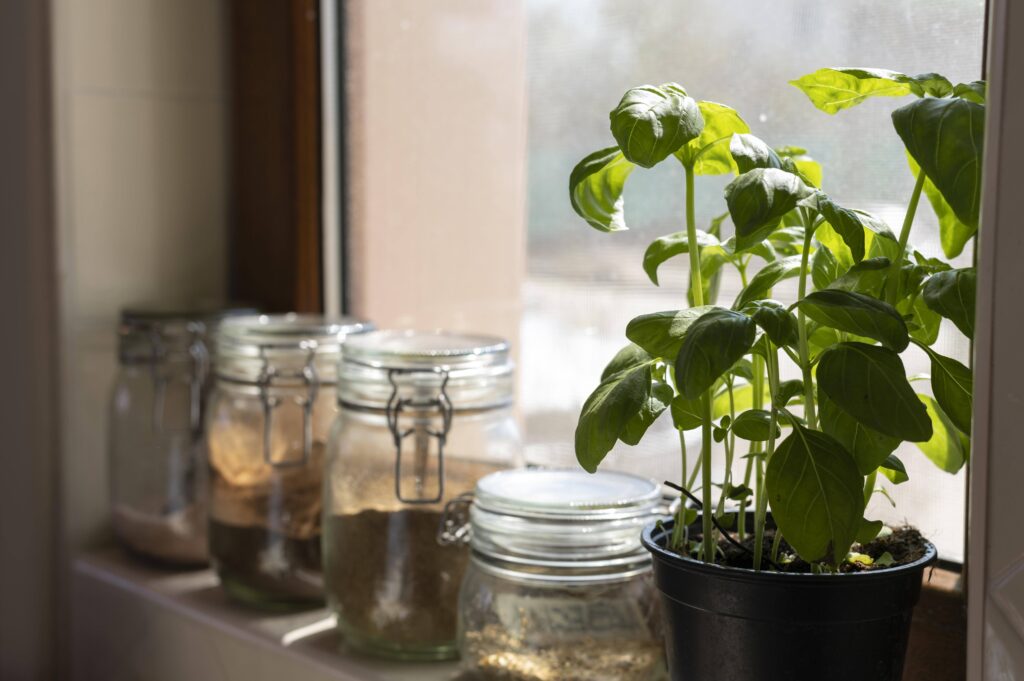
Try sprouting seeds. This is perfect for impatient children (and parents). Within days, they can watch mung beans or alfalfa seeds transform from tiny, dry pellets into living, crunchy sprouts. It’s agriculture at warp speed. Place seeds in a mason jar with a mesh lid, rinse twice daily, and watch the miracle unfold. The learning happens fast, and so does the eating.
Experiment with regrowth projects. Save the bottom inch of green onions, lettuce, or celery and place them in a shallow dish of water. Within days, new growth appears. It’s not a full harvest, but it’s a powerful demonstration of a plant’s will to live and grow. This simple activity opens conversations about plant biology, resilience, and resourcefulness.
Start a small worm composting bin. Yes, even in an apartment. A compact worm bin tucked under the sink transforms kitchen scraps into rich compost while teaching children about decomposition, nutrient cycles, and the hidden workforce (worms) that makes soil healthy. Kids are often fascinated by the worms—who knew garbage could be this interesting? [Link to ecocortex.com article on composting]
The key to Level 1 is lowering the barrier to entry. These aren’t huge commitments. They’re small experiments that teach foundational concepts: plants need light, water, and care to thrive, and we can actively participate in their growth.
Level 2: In Your Community (The Neighborhood Harvest)
Once you’ve established growing as a presence in your home, it’s time to expand your radius and tap into the agricultural resources that exist right in your neighborhood—even if you live in the heart of a city.
Visit your local farmers’ market regularly. Don’t just shop; engage. Let your kids pick out something new to try. Talk to the farmers. Ask where their farm is located, what they’re growing this season, and what their favorite way to prepare a particular vegetable is. These conversations humanize food production. Your child learns that real people, with names and stories, grew the zucchini they’re about to eat.
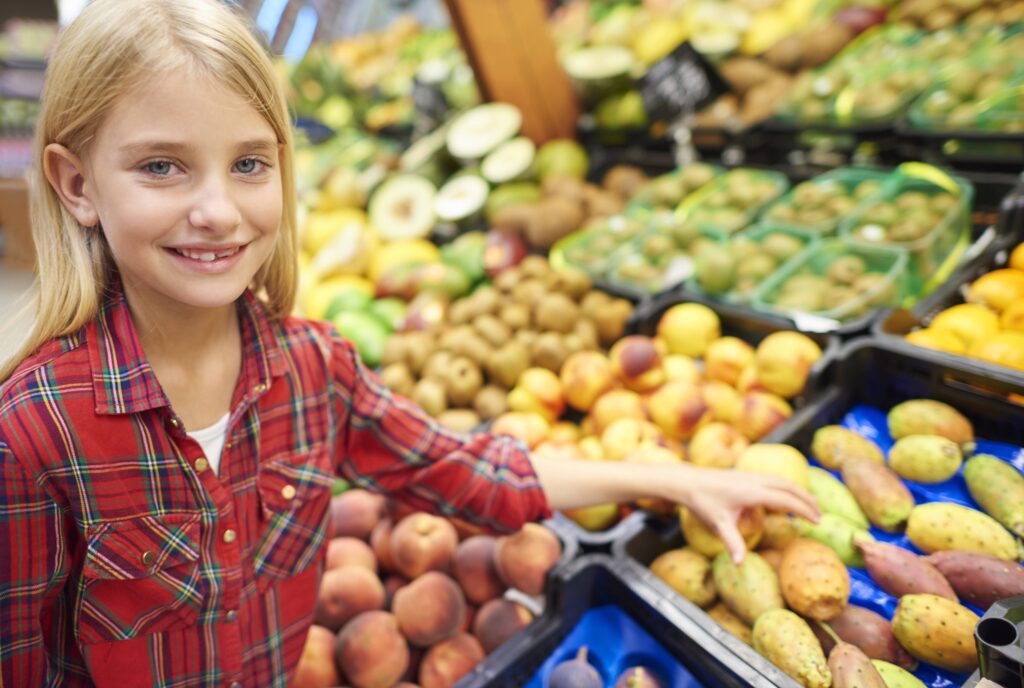
Join or volunteer at a community garden. Many cities and suburbs have shared garden spaces where families can rent a plot or participate in communal workdays. This is farm life in miniature—planting, weeding, watering, harvesting—with the added benefit of community. Your kids will see other families doing the same work, learn from experienced gardeners, and understand that growing food is something people choose to do, not just something that happens in faraway places.
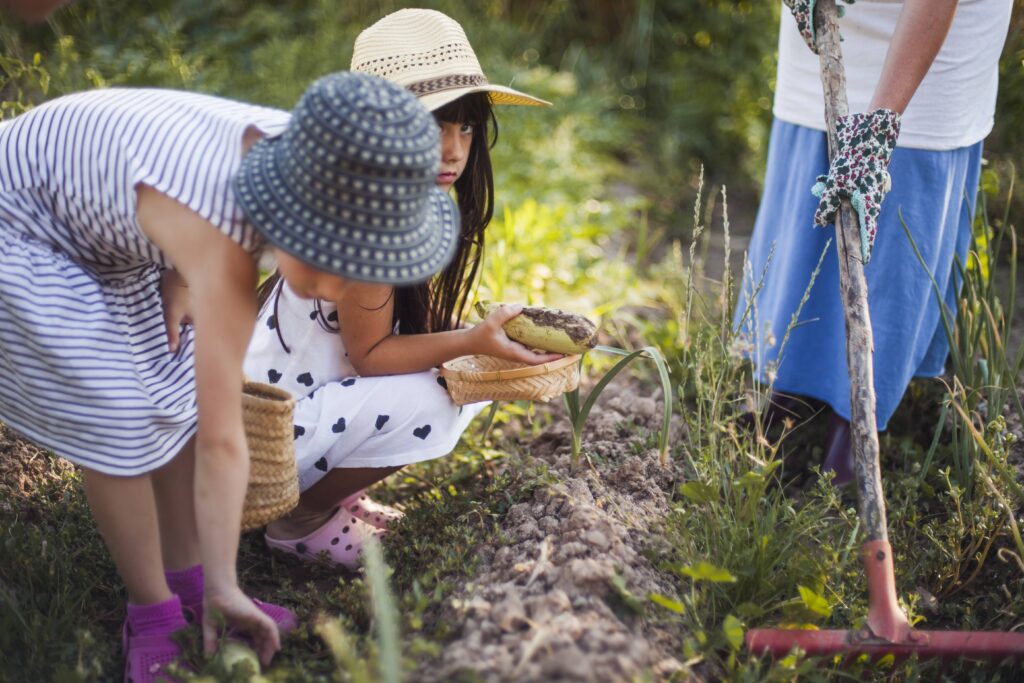
Participate in gleaning programs or food rescue initiatives. Some farms invite volunteers to harvest produce that would otherwise go to waste, which is then donated to food banks. This teaches children not only about farming but about food waste, privilege, and generosity. It’s agriculture with a social conscience.
Explore urban farms and teaching gardens. Many cities now have small-scale urban farms or educational gardens attached to schools or nonprofits. These spaces often host tours, workshops, or volunteer days designed specifically for families. Programs like Farm to School provide students access to healthy, local foods and education opportunities such as school gardens, cooking lessons, and farm field trips, creating powerful connections between children and their food sources. Programs like Farm to School provide students access to healthy, local foods and education opportunities such as school gardens, cooking lessons, and farm field trips, creating powerful connections between children and their food sources.
Level 2 is about building relationships—with farmers, with neighbors, with the land-based community that exists even in urban environments. It’s here that children start to see farming not as a quaint rural activity but as a living, breathing practice that’s relevant to their lives.
Level 3: On the Road (The Destination Farm)
This is the level most people picture when they think of farm experiences: an actual visit to a working farm or agricultural space. These outings require more planning and time, but they offer immersive experiences that leave lasting impressions.
Visit U-Pick orchards and berry farms. There’s something primal and joyful about harvesting fruit directly from the tree or bush. The sweetness of a sun-warmed strawberry picked at peak ripeness is a revelation for children accustomed to supermarket produce. They’ll learn about seasonality (why we can’t pick blueberries in winter), the labor involved in harvesting, and the satisfaction of filling a basket with their own work.

Tour a local dairy, apiary, or small livestock farm. Many small farms offer educational tours where children can see animals, learn about daily care routines, and understand what it takes to produce milk, honey, or eggs. These experiences are particularly powerful for younger children who might know animals only as pictures in books. Meeting a real cow or watching bees at work transforms abstract concepts into concrete reality.
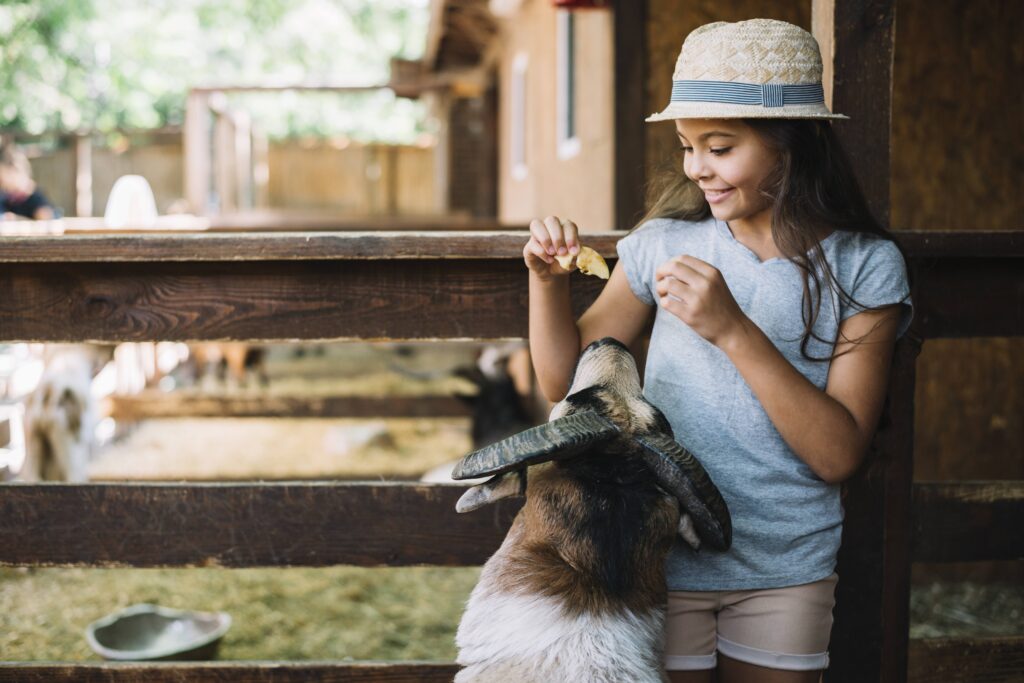
Plan an overnight farm stay or agritourism experience. If your budget and schedule allow, staying on a working farm for a night or weekend is transformative. Many farms offer accommodations and allow guests to participate in morning chores: feeding animals, collecting eggs, or helping with harvest. This level of immersion shows children the rhythm and routine of farm life—that farming isn’t a single task but a commitment that happens every single day, regardless of weather, holidays, or how you feel.
Attend agricultural fairs and festivals. County and state fairs aren’t just about fried food and carnival rides. They’re showcases of local agriculture: prize-winning livestock, competitive vegetable displays, and demonstrations of traditional skills like butter churning or sheep shearing. These events celebrate farming as both work and culture.
Level 3 experiences are memorable and impactful, but they don’t need to be frequent to be valuable. Even one or two destination farm visits per year can anchor your family’s connection to agriculture and give your children stories and memories they’ll carry into adulthood.
3 Life Lessons the Farm Teaches Every Family
Beyond the practical skills and nutritional knowledge, farm experiences impart deeper lessons that shape character and worldview. These are the values that stay with children long after the dirt has been washed off.
1. The Power of Patience (You Can’t Rush a Seed)
In a world of instant gratification—where information loads in seconds and entertainment streams endlessly—farming operates on a fundamentally different timeline. A seed planted today won’t be a tomato tomorrow, next week, or even next month. You plant, you water, you wait, and you trust the process.
This lesson in delayed gratification is invaluable. Research in child development consistently shows that children who can delay gratification and work toward long-term goals experience better outcomes academically, socially, and emotionally. Farming provides a perfect, low-stakes environment to practice this skill. This lesson in delayed gratification is invaluable. Research from the American Academy of Pediatrics consistently shows that children who can delay gratification and work toward long-term goals experience better outcomes academically, socially, and emotionally.
When my son planted pumpkin seeds in May and had to wait until October to harvest, he asked me almost daily when they’d be ready. “Not yet,” I’d say. “Soon.” And then one morning in early fall, we walked outside and there they were: bright orange globes nestled among the vines. His face lit up. He’d waited, and the waiting had been worth it. That’s a lesson no app can teach.
2. The Meaning of Responsibility (Caring for Living Things)
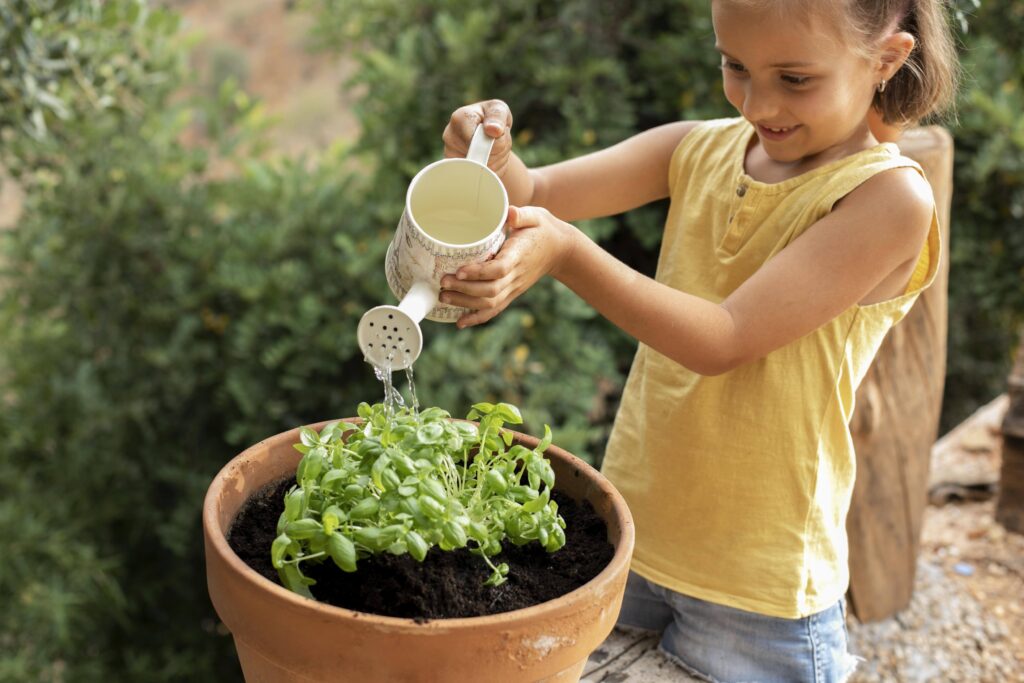
Plants and animals don’t care about your schedule or your mood. They need what they need when they need it. This non-negotiable aspect of farming teaches responsibility in the most visceral way possible.
When a child agrees to care for a tomato plant or feed the chickens, they’re entering into a silent contract with a living thing. If they forget to water for a week, the plant wilts or dies. The consequences are immediate and visible, and there’s no one to blame. This isn’t abstract responsibility—it’s accountability in real time.
This lesson extends beyond the farm. Children who learn to care for living things develop empathy, conscientiousness, and an understanding that their actions (or inactions) have consequences. These are foundational life skills that serve them in relationships, school, and eventually, their own adult responsibilities.
3. The Joy of Resilience (Learning from Failure)
Farming is full of failure. Pests devour your lettuce. A late frost kills the tomatoes you started from seed. The squash vine borer destroys your zucchini plants overnight. Rain doesn’t come when you need it, or it comes too much and drowns your carrots.
For children growing up in environments where failure is often avoided, minimized, or cushioned, these experiences are crucial. Farming teaches that failure is not an ending—it’s information. It tells you what doesn’t work so you can try something different next time.
I’ve watched my daughter’s disappointment when aphids destroyed her pepper plants. We talked about it. What could we do differently next time? Could we try companion planting? Introduce beneficial insects? Start earlier or later? The conversation shifted from “I failed” to “I learned something.” That shift in perspective—from failure as defeat to failure as education—is the heart of resilience.
Moreover, farming teaches that success doesn’t erase failure, and failure doesn’t negate success. The beans might fail while the carrots thrive. Life is not all or nothing. This nuanced understanding of outcomes builds emotional maturity and mental flexibility.
Building a Family Culture Around Food and Farming

Individual experiences are powerful, but the real transformation happens when you weave these lessons into the fabric of your family’s daily life. This isn’t about becoming farmers or moving to the country (though if that’s your dream, go for it). It’s about cultivating—pun intended—a mindset.
Make food sourcing a family conversation. Talk about where your food comes from, even when you’re at the grocery store. “These bananas came from Costa Rica. That’s very far away!” or “Look, these eggs are from a farm just 20 miles from here.” Over time, children develop a mental map of food systems and understand that different foods have different stories.
Celebrate the seasons through food. Mark the arrival of spring with the first local asparagus. Make a ritual of summer’s first tomatoes. Bake with pumpkins in the fall. When your family’s eating patterns align with local seasons, food becomes a marker of time and place, not just fuel.
Involve kids in meal planning and preparation using ingredients you’ve grown or sourced locally. This closes the loop. They plant the basil, harvest it, tear it for the salad, and eat it at dinner. They’ve participated in the entire journey, and that participation builds investment and appreciation.
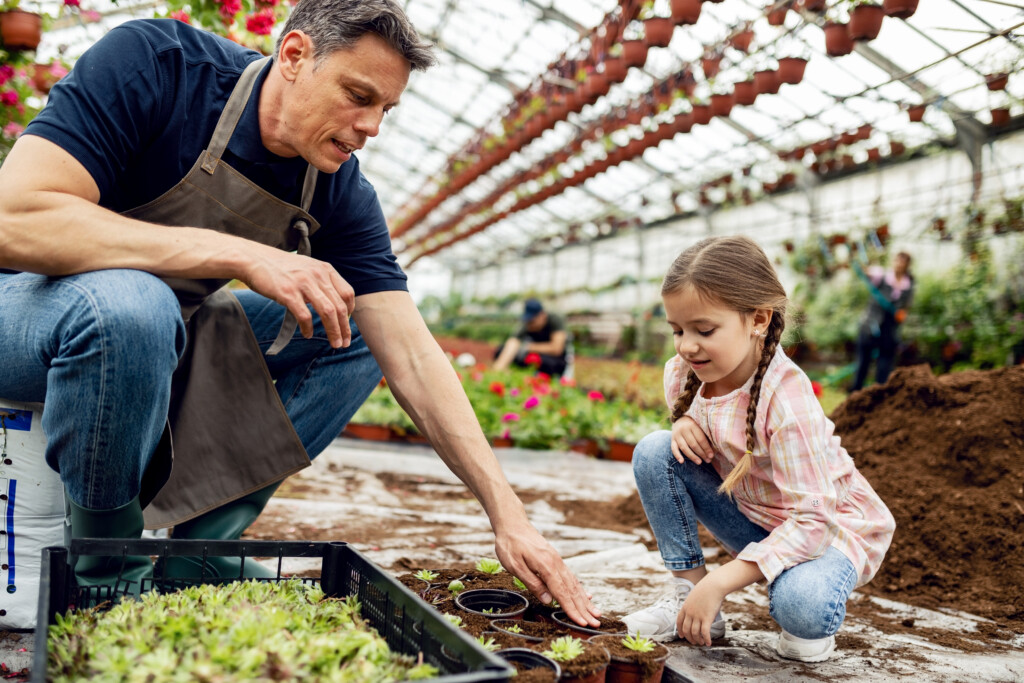
Read books and watch documentaries about farming and food systems together. Stories expand understanding and spark curiosity. Books about children growing gardens, biographies of farmers, or age-appropriate documentaries about agriculture all contribute to a broader understanding of our food systems.
Normalize “farm talk” at home. Talk about the weather as farmers do—is there enough rain? Is it too hot for the lettuce? When kids hear these observations regularly, they start paying attention to weather patterns and understanding how environmental conditions affect food production.
Building this culture isn’t about perfection. You don’t need to grow all your own food or never eat convenience items. It’s about awareness, curiosity, and connection. It’s about raising children who see themselves as part of nature’s cycles, not apart from them.
A Final Word: Start Where You Are
If there’s one message I want you to take from this, it’s this: you don’t need to have it all figured out to start. You don’t need a farm, a green thumb, or hours of free time. You just need a willingness to try something small and see where it leads.
Maybe it’s one herb plant on your kitchen windowsill. Maybe it’s a conversation with a farmer at the market next Saturday. Maybe it’s a family trip to a U-Pick farm this spring. Whatever it is, start there. Start with what feels manageable, what sparks curiosity in your family, and what fits your life as it is right now.
The beautiful thing about connecting kids with food and farming is that it compounds. One small experience leads to questions, which lead to curiosity, which lead to more experiences. Before you know it, your child is the one reminding you to water the tomatoes or asking to visit the farm stand.
We live in a time when children are growing up more disconnected from the natural world than any generation before them. But we also live in a time when there’s a growing movement to reclaim that connection—in cities and suburbs, in schools and homes, in big ways and small.
Your family can be part of that movement. You already are, just by caring enough to read this article and consider how to bring these values into your home. The seeds have been planted. Now it’s time to watch them grow.
Design by Freepik

